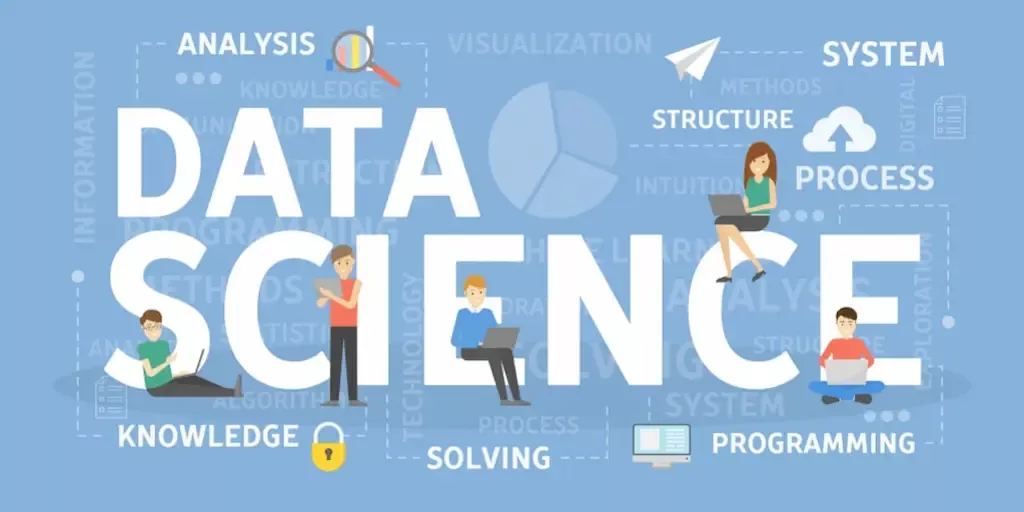
The Top 6 Data Science Programming Languages to Learn in 2024

Nowadays the field of data science is experiencing growth. There is a demand, for individuals who...
Nowadays the field of data science is experiencing growth. There is a demand, for individuals who possess the ability to extract insights from data especially as the amount of data continues to increase at an exponential rate. In the field of data science professionals use programming languages to collect, analyze and visually present data. If you aspire to build a career in this domain having knowledge of these programming languages will definitely provide you with an advantage, over professionals.
In this guide we will present an overview of the six programming languages that data scientists should prioritize learning in 2024. We will delve into the purposes and strengths of each language well as their advantages and disadvantages. Lets begin.
1. Python
First on our list is Python. Considered the top language for general purpose data science, Python is widely-used in the field. This interprested, high-level programming language allows data scientists to develop and prototype applications quickly.
Key Capabilities
Some of the key things Python is used for in data science include:
- Data wrangling and cleaning
- Exploratory data analysis
- Statistical analysis and machine learning
- Data visualization
- Building data pipelines and workflows
- Web scraping
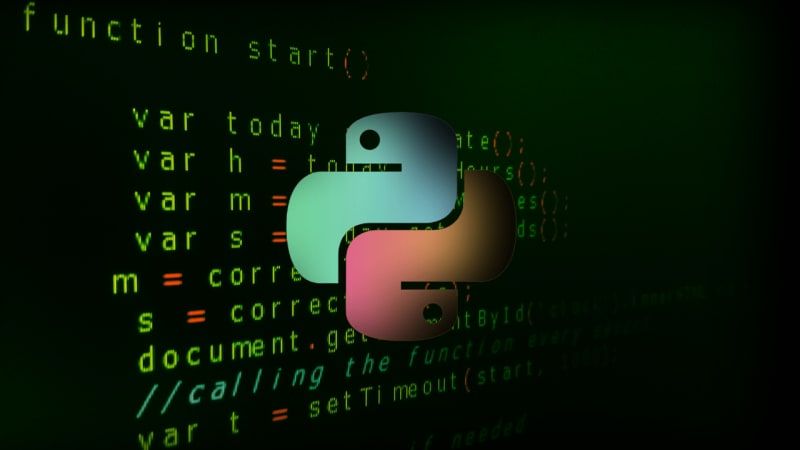
Pros
- Very easy to read, write and learn – great for beginners
- Extensive libraries and frameworks for data tasks (NumPy, Pandas, TensorFlow)
- Large supportive community of data professionals
- Interactive coding environment using Jupyter notebooks
- Highly flexible, can integrate with other languages like R
Cons
- Being interpreter-based, it can be slower for very intensive computations
- Handling big data and datasets can be memory intensive
- Not inherently designed for multi-threaded computation
As you can see, Python provides an excellent foundation for doing all sorts of data science work. It’s versatility and ease-of-use makes it our #1 recommendation for beginners to tackle first.
2. R
Originally created specifically for statistical computing, R has grown to become a leading programming language for data science. Used heavily for machine learning and statistical modeling, it provides a wide selection of advanced tools.
Key Capabilities
R’s key strengths include:
- Statistical analysis and graphic visualizations
- Superb tools for predictive analytics and modeling
- Data wrangling
- Machine learning with robust libraries
- Flexible IDE for interactive coding
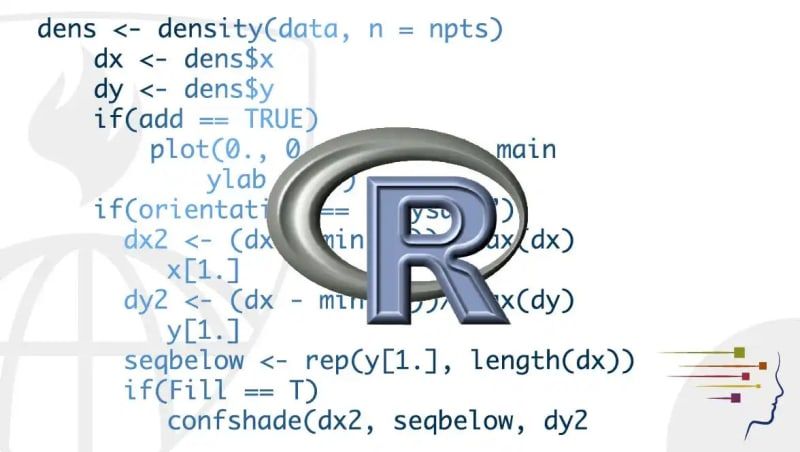
Pros
- Open source with thousands of community-built packages
- Leading environment for statistical exploration
- Great for quickly prototyping models
- Advanced data visualization capabilities
- Highly extensible with code integration
Cons
- Steep learning curve for beginners
- Limited usage outside of data statistics/analytics
- Basic programming functions require more coding
- Handling big data is resource intensive
For budding data scientists, R’s advanced analytical capabilities make it extremely valuable. While the learning curve steeper than Python, time invested in learning R pays dividends in terms of modeling proficiency.
3. SQL
SQL (Structured Query Language) has become a fundamental tool across many areas of data science. As a specialty language for accessing and manipulating databases, it equips users with immense power for gathering and sorting data.
Key Capabilities
Some key uses of SQL include:
- Creating and managing databases
- Writing complex queries to extract raw data
- Filtering, sorting, combining, aggregating data
- Analyzing quantitative database information
- Backing storage/movement of data
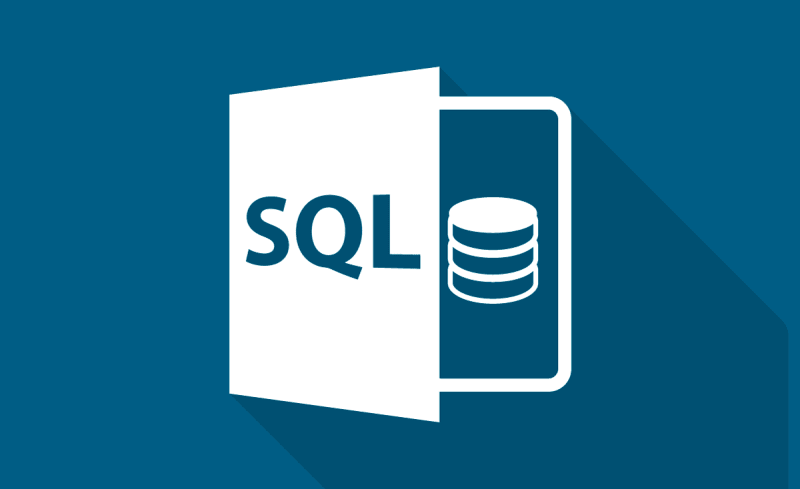
Pros
- Declarative language that is easy to write and read
- Platform independent standard across database types
- Enables users access to vast datasets
- Critical language for tapping into big data
- Great for streamlining data analysis workflows
Cons
- Requires existing database source to query from
- Often needs to be combined other languages for analysis
- Advanced operations can get complicated
- Doesn’t work well iterative/code-based processes
SQL gives data experts the keys to accessing hoards of data locked away in databases. Mastering SQL alongside a data manipulation language like Python or R will provide seriously boost analysts’ capabilities.
4. Java
As one of the most widely used programming languages globally across all software engineering domains, Java plays a prominent role in data science as well. Java offers rock solid backing for large scale data processing using Hadoop and Spark frameworks.
Key Capabilities
Some of ways Java is utilized for data science:
- Building scalable distributed systems and applications
- Parallel batch data processing frameworks like Apache Spark
- Backing infrastructures like Hadoop
- Real-time data streaming using tools like Kafka
- General purpose machine learning tasks
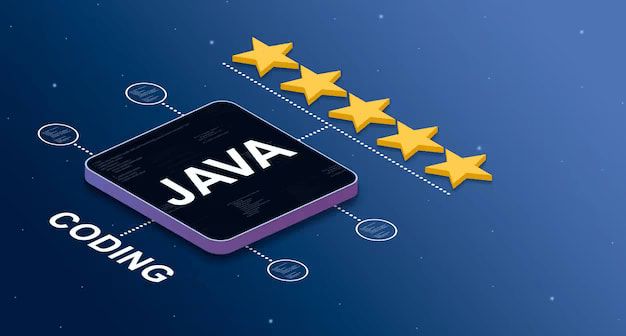
Pros
- Statically typed, efficient and fast executing code
- Abundant libraries and packages available
- Robust for developing complex, large programs
- Integrates well with big data and ML frameworks
- Runs on any platform with JVM availability
Cons
- Not optimized data tasks like R and Python
- More verbose language, everything needs coding
- Lacks interactive REPL environment
- Steeper learning curve than other languages
Java may not be not the foremost choice for conducting daily data manipulation and analysis. But for architects designing mammoth data pipelines and workflows, fluency in Java is extremely advantageous.
5. JavaScript
Perhaps surprisingly, JavaScript has emerged as prominent force in the data science arena as well in recent years. The ubiquitous scripting language does have some interesting applications in the field.
Key Capabilities
Some data science uses cases for JavaScript include:
- Building interactive data visualization using D3.js
- Creating web based data dashboards and reporting
- Using Node.js for ETL programming needs
- Front-end interface integration with R and Python
- Exploratory data analysis
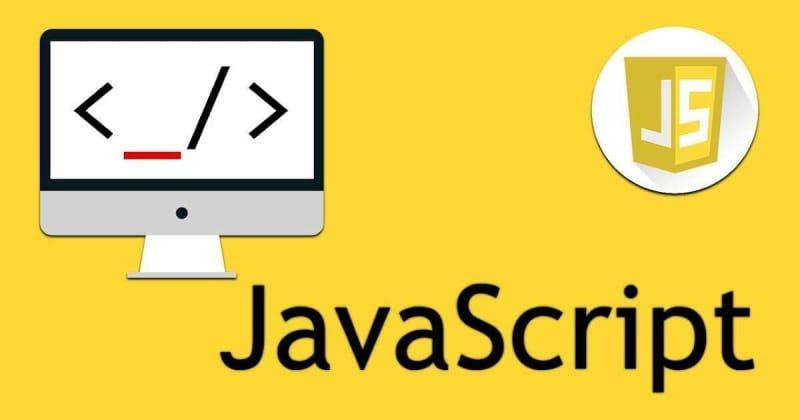
Pros
- Very easy language for beginner programmers to pickup
- Integrates beautifully for web interfaces and apps
- Huge community and ample learning materials available
- Lightweight in terms of dependencies needs
- Runtime is universally available on all platforms
Cons
- Not designed specifically for data manipulation needs
- Lack of robust tooling compared to Python and R
- Needs to be combined other languages for more advanced tasks
- Overall less commonly used in industry
While perhaps not in the same heavyweight class as Python and R for data science purposes, JavaScript remains an incredibly useful utility. For those interested in crafting custom data interfaces and visualizations, JavaScript skills are invaluable.
6. C/C++
For coders who desire maximize performance and efficiency, C and C++ are still the gold standard. These languages form the foundation on which many data analytics frameworks and infrastructures are built. They deliver the speed that powers big data platforms handling massive volumes.
Key Capabilities
Some examples how C/C++ are leveraged include:
- Building underlying distributed data processing engines
- High performance computing needs
- Complex algorithms and quantitative models
- Development of statistical libraries used by higher languages
- General system programming tasks
Pros
- Blazingly fast, hardware optimized executable code
- Gives programmers lower level memory control
- Statically typed for reliability
- Available everywhere as a system language
- Broadly supported by a range of hardware
Cons
- Very complex languages, challenging to master
- Manual memory management leads to errors
- Limited inherent support for data analysis features
- Lack interactivity of languages like Python
For most day-day-to-day analytics and modeling, C/C++ are overkill. However, their computational performance remains critical for developing cutting edge algorithms, simulations and infrastructure foundations on which other simpler languages are built.

